Do you want to make science fun for your children? In that case, close science textbooks for a minute and organize kids’ science experiments in your classroom.
When your kids see how everything is science, from baking soda to oranges, they will be more interested in learning science. So, this post will walk you through fun kids’ science experiments that only take two minutes to set up.
Math & ELA | PreK To Grade 5
Kids see fun.
You see real learning outcomes.
Watch your kids fall in love with math & reading through our scientifically designed curriculum.
Parents, try for free Teachers, use for free
1. Lava Lamp
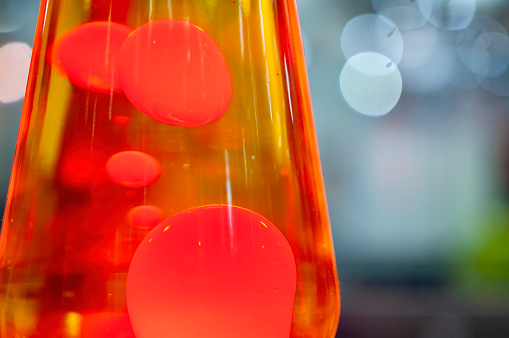
Ingredients Required:
A plastic bottle, fizzing tablets, vegetable oil, water, food coloring.
How to Set Up:
- Fill a plastic bottle with water (1/4th part) and vegetable oil (remaining amount).
- Add food coloring and wait for a few minutes before putting a fizzing tablet in the bottle.
- Then, turn off the lights and flash a light on a lava lamp to observe colorful blobs building.
2. Raising Water
Ingredients Required:
Jar, water, small votive candles, food coloring, matchstick.
How to Set Up:
- Pour the colored water into a shallow dish and place a small votive candle in the middle.
- Lighten the candle and quickly place an empty jar over it.
- Watch the candle burning slowly. This will eventually raise the water level in the dish.
3. Water Walking
Ingredients Required:
Tissue paper, six paper cups, and six different food coloring.
How to Set Up:
- Pour water into all six paper cups and add different food colors to each one.
- Using tissue paper, arrange them in a circle to create a bridge between cups.
- Wait for a few minutes to complete this kids’ science experiment. Your child will be amazed to see water walking from one cup to another.
4. Orange Fizz
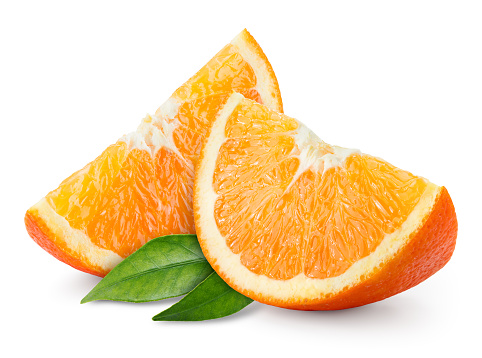
Ingredients Required:
An orange and baking soda.
How to Set Up:
- Slice an orange into different sections for this simple kid’s science experiment.
- Then, dip a section into baking soda and ask your students to take a bite.
- When orange bubbles form in your students’ mouths, they will surely enjoy this experiment.
5. Rainbow Jar
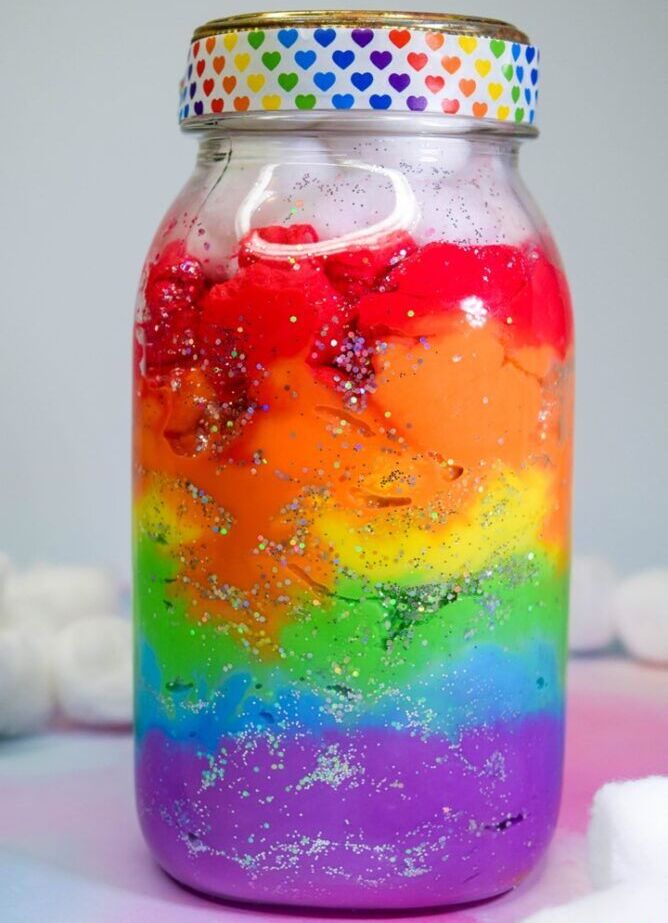
Ingredients Required:
A jar, six glasses, sugar, food coloring.
How to Set Up:
- Pour water up to an equal level in all six glasses and put different food colors in each glass.
- Then, add the different amounts of sugar in each glass, like
- Glass 1 – 2 sugar scoops,
- Glass 2 – 4, etc.
- Once the sugar dissolves in the water, use a water dropper to pour colorful water into an empty jar.
- Due to different density levels of water, colored water will form separate layers in the jar, making it look like a rainbow.
6. Colorful Foam
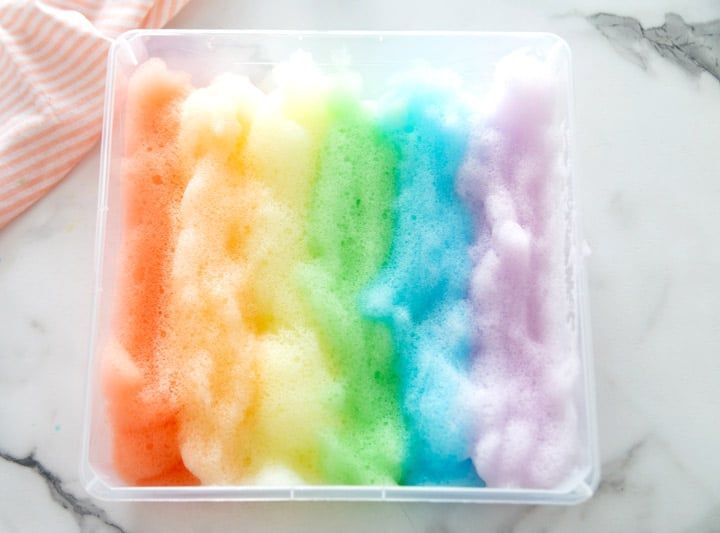
Ingredients Required:
A soda bottle, ½ cup hydrogen peroxide liquid, dry yeast, warm water, a small cup, safety goggles, and liquid dish soap.
How to Set Up:
- Put on your safety goggles and pour hydrogen peroxide liquid into a bottle.
- Add food color and liquid dish soap into a bottle. Shake it.
- In a small cup, mix warm water and yeast for 30 seconds.
- Finally, let your students pour the yeast mixture into a bottle to form colorful foam.
7. Dancing Raisins
Ingredients Required:
Raisins, warm water, vinegar, a cup.
How to Set Up:
This is a simple kids’ science experiment for young STEM students. Just pour water and vinegar into a transparent cup along with some raisins. The water and vinegar reaction will keep raisins floating and engage your students.
8. Rock Candy
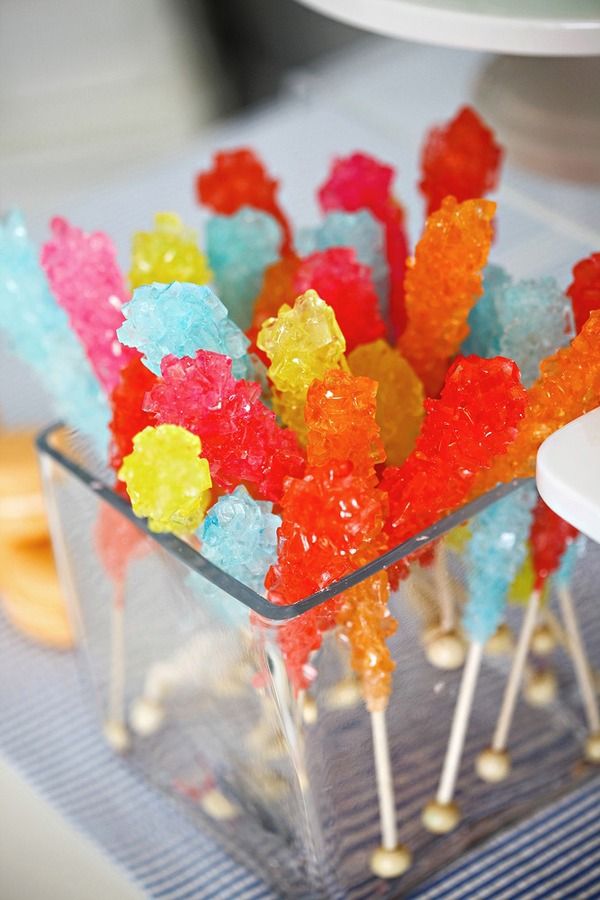
Ingredients Required:
A jar, saucepan, water, sugar, food coloring, skewer, clothespin, thread.
How to Set Up:
- Pour water into a saucepan and place it over the stove. Keep adding sugar into the Water until Water reaches saturation level (no more sugar can dissolve in water).
- Cool the water down and pour it into a jar along with your favorite food coloring.
- With the help of a skewer and clothespin, hang a thread in the middle of the jar.
- It takes time for the crystallization process to start, but gradually dissolved sugar will wrap around the thread to create rock candy.
9. Magic Milk
Ingredients Required:
A tray, milk, food coloring, toothpick sticks, liquid dish soap.
How to Set Up:
Magic milk is a fun kids’ science experiment for preschoolers. Just pour milk into a tray and add dollops of different food colors. The color will remain in the milk until kids use toothpick sticks dipped in liquid dish soap to twirl milk as they please.
10. Mold Test
Ingredients Required:
Three bread slices, ziplock bags.
How to Set Up:
This is a quick kid’s science experiment to teach your students the importance of handwashing. Give three bread slices to your students and ask them to put them in different ziplocks. Before that, make them touch one bread slice with regular hands, one with water-washed hands, and another with sanitizer-clean hands. When they see how fast mold grows on the bread they have touched without washing their hands, they will never touch food without cleaning their hands.
11. Balloon Blowing Trick
Ingredients Required:
Balloons, vinegar, baking soda, a bottle
How to Set Up:
- Take a balloon and pour vinegar into it.
- Put some baking soda in an empty bottle.
- Attach a balloon over the mouth of a bottle so that vinegar slowly pours inside it.
- The reaction between vinegar and baking soda will produce gas, blowing up the balloon.
12. Simple Circuit
Ingredients Required:
Battery, small bulb, wires
How to Set Up: This electricity experiment helps teach kids about electrical circuits. Connect one end of a wire to the positive terminal of the battery and the other end to the metal base of the bulb. Connect another wire from the negative terminal of the battery to the side of the bulb. Watch as the bulb lights up, showing how electricity flows through a circuit.
13. Leak Proof Bag
Ingredients Required:
A ziplock bag sharpened pencils, and water.
How to Set Up:
Leak Proof bag experiment helps you teach unique water properties to your students. Pour water into the ziplock bag and ask your students to add pencils to it. They will be amazed to see how water didn’t leak despite all the pencil holes.
14. Water Cycle
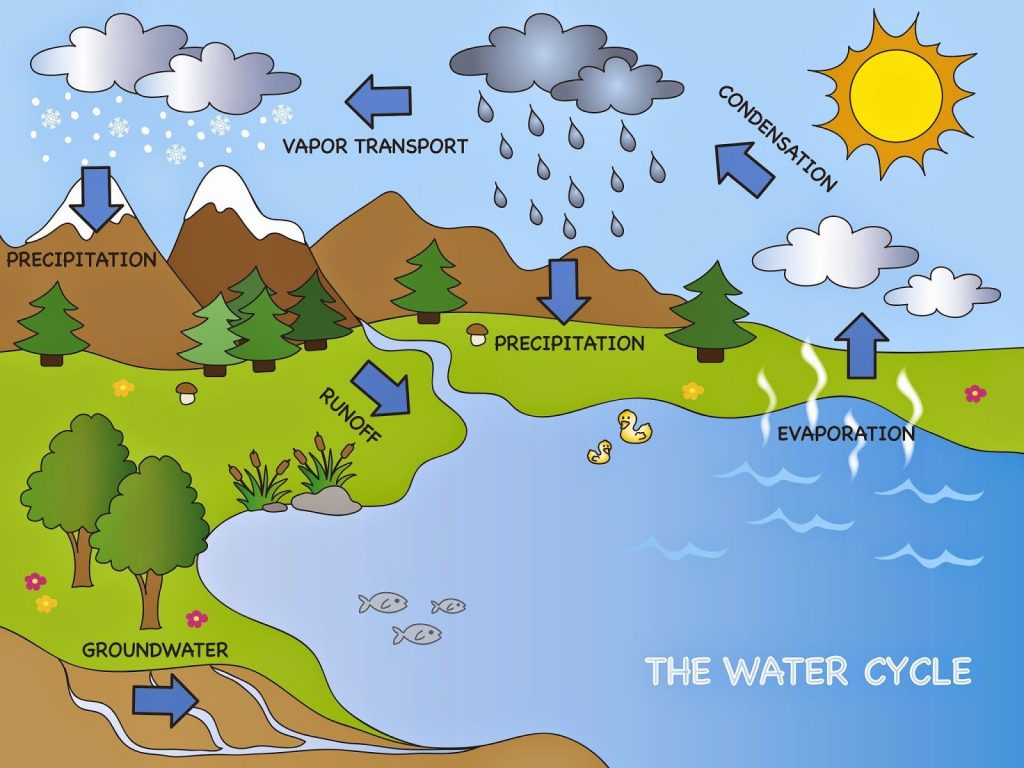
Ingredients Required:
A ziplock bag, water, food coloring.
How to Set Up:
Filling a ziplock 1/4th with colorful water and placing it near your classroom window, you can show students how sunlight evaporates water to form rain, and the cycle keeps on repeating.
15. Egg Challenge
Ingredients Required:
Eggs, straws, duct tape.
How to Set Up:
You don’t have to do anything in this kid’s science experiment. Just give your students some straws and duct tape to create a mechanism to prevent eggs from breaking when you drop them out of your classroom window.
16. Walking Ink-man
Ingredients Required:
Markers, water, a tray.
How to Set Up:
With this kid’s science experiment, you can make your student’s eyes pop out. Draw a stick person on a tray using an ink marker and pour water into the tray. The insoluble nature of ink in water will make your ink character float over the water and amaze your class.
17. Understand Liquid Density
Ingredients Required:
A jar contains different liquid items like honey, vinegar, soap, and rubbing alcohol.
How to Set Up:
A simple experiment to make your class understand the density of different liquid products. Take an empty jar and ask your students to pour liquids into it to see which one floats on top of the other.
18. Seed Germination
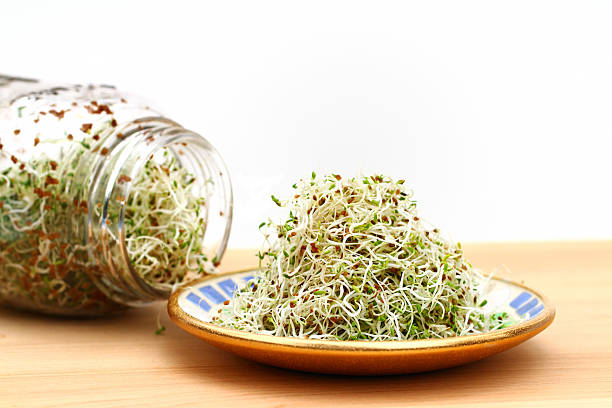
Ingredients Required:
A jar, different seeds
How to Set Up:
Make your students understand the seed germination process with a simple classroom experiment. Request your class to bring different seeds like chickpeas, lentils, corn, etc. Show them how different seeds can germinate in a dark and humid bottle simultaneously.
Make Science Fun With Simple Kids Science Experiments
As you can see, everyday things lying around your class and home can turn into a great science experiment for kids. You can easily teach concepts like crystallization, water cycle, and water saturation with an experiment rather than a textbook.
We have already shared cool kids’ science experiments with you. However, you can set up different science experiments in your class based on your student’s age and intellectual level.
Here are many more online educational resources for kids that will help with their learning experience and make them smarter.
Frequently Asked Questions
Why is science education important for a child's early development?
Science education activities help develop many attributes among students, like communication skills, teamwork, analytical thinking, social understanding, problem-solving, logical mindset, and more.
What are the benefits of science experiments for preschoolers?
There are several benefits of kids’ science experiments:
- It helps to stimulate a child’s natural sense of adventure and curiosity.
- Make children aware of their surroundings.
- Motivates kids to be persistent problem solvers and analytical thinkers.
- Teach essential elements of scientific reasoning to children.


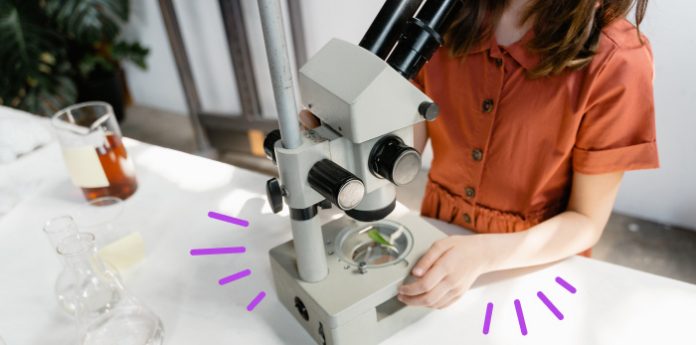



![100 True or False Questions for Kids [With Answers] True or false for kids](https://www.splashlearn.com/blog/wp-content/uploads/2024/10/true-or-false-for-kids-100x70.jpg)


